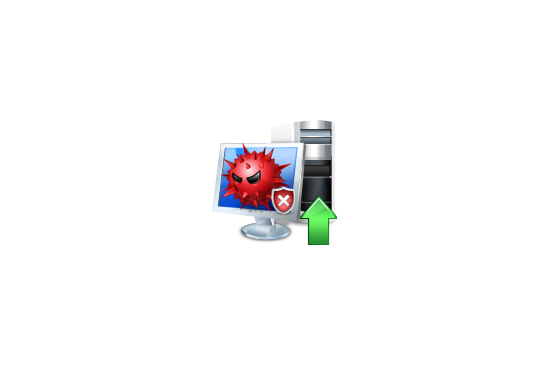

- #HOW TO REMOVE VIRUS FROM COMPUTER SYSTEM FULL#
- #HOW TO REMOVE VIRUS FROM COMPUTER SYSTEM SOFTWARE#
- #HOW TO REMOVE VIRUS FROM COMPUTER SYSTEM CODE#
- #HOW TO REMOVE VIRUS FROM COMPUTER SYSTEM FREE#
Kaspersky VirusDesk checks files the same way Kaspersky Lab’s antivirus solutions do, using the same antivirus and reputation database.
#HOW TO REMOVE VIRUS FROM COMPUTER SYSTEM FULL#
Now you will be shown the full scan results along with scanner name and file type. Wait for a few seconds until the scan completes Now you need to wait for a few seconds until it finishes the scanning. Select the file and click on the ‘Scan’ button Now you need to choose your file that you want to scan and hit the “Scan” button. First of all, you need to visit from your web browser. On uploading files you want to be tested, you can see the result of scanning and how dangerous and harmful/harmless for your computer those files are.
#HOW TO REMOVE VIRUS FROM COMPUTER SYSTEM FREE#
is a FREE on-line scan service, which checks uploaded files for malware, using antivirus engines, indicated in the VirSCAN list. The site will show you the detect threat along with some information 7. If the file you have selected has the malware or virus, then it will show you the threat details. Now you need to select the file that you want to scan. First of all, you need to visit the website Metadefender Online Scanner from your web browser. Metadefender is one of the most popular applications and threat intelligence platform it lets you to choose a file of up to 140MB and can scan online. You can even scan website URL through virustotal After you have selected the files or URL now, you have to hit the “Scan it” button. For that, you just need to enter your suspected URL under “URL” in virus total. In Virustotal, you can scan a particular URL or even the whole site. (Max size is 128MB) Upload and scan the file Now you need to scan the suspected files on Virustotal. VirusTotal is a free service that analyzes suspicious files and URLs and facilitates the quick detection of viruses, worms, trojans, and all kinds of malware. And then only delete the file from there. Now open the command prompt and go to that location of the suspect file and change the attribute of the file as discussed in the first method with the help of CMD. Now you need to head over the next tab “Startup” Look over any suspicious or unwanted files and under command section, you will find the path of the suspected file Disabling Suspicious Services In Task Manager Disabling Suspicious Services In Task Manager Now in MSConfig box go to the service tab and then uncheck any suspicious or unwanted service that you can guess by thinking that did you have installed something related to that service or not. First of all, open task manager by pressing CTRL+SHIFT+ESCAPE and end all suspicious services under the services section. That’s it! Now you can access your drives without affecting viruses. Now if you notice and unusual file.exe and any of autorun.inf then rename it with the command (rename filename.extension new filename) Rename the file CMD would display all files stored on the drive Now the command prompt will explore your selected drive and will load all the files on your drive. Some old viruses make sure that the "last modified" date of a host file stays the same when they infect the file.Note: Capital D is considered as the drive to be checked you can change the drive according to your needs.

#HOW TO REMOVE VIRUS FROM COMPUTER SYSTEM SOFTWARE#
For example, some can infect files without increasing their sizes, while others try to evade detection by killing the tasks associated with the antivirus software before they can be detected. Some viruses use different stealth strategies to avoid their detection from anti-virus software. Viruses spread when the software or documents they get attached to are transferred from one computer to another using a network, a disk, file sharing methods, or through infected e-mail attachments.
#HOW TO REMOVE VIRUS FROM COMPUTER SYSTEM CODE#
Some viruses wreak havoc as soon as their code is executed, while others lie dormant until a particular event (as programmed) gets initiated, that causes their code to run in the computer. However, most of them perform actions that are malicious in nature, such as destroying data. Not all computer viruses are destructive though. It can self-replicate, inserting itself onto other programs or files, infecting them in the process. After entering a computer, a virus attaches itself to another program in such a way that execution of the host program triggers the action of the virus simultaneously. Once created and released, however, their diffusion is not directly under human control. Definition: A computer virus is a malicious software program loaded onto a user’s computer without the user’s knowledge and performs malicious actions.ĭescription: The term 'computer virus' was first formally defined by Fred Cohen in 1983.


 0 kommentar(er)
0 kommentar(er)
